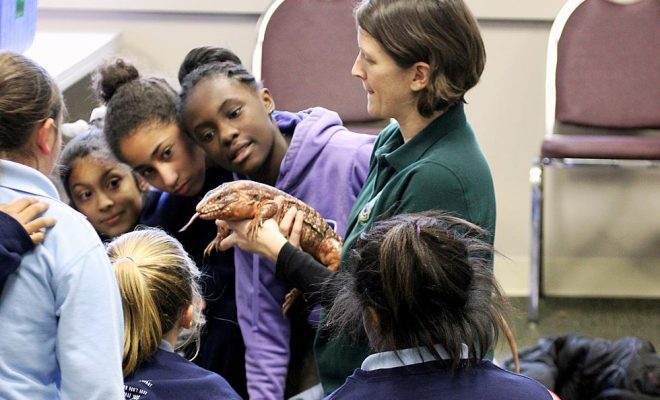Activities to Teach Students to Identify Elements of Poetry

Poetry is a form of artistic expression that uses language to evoke emotion, express ideas, or tell a story. It also has unique features that distinguish it from other forms of writing. For students to fully appreciate the art of poetry, they must first be able to identify its key elements. Here are some fun and engaging activities to help students develop their poetry identification skills.
1. Word Clouds
Word clouds are a great way to introduce students to the language of poetry. A word cloud is a visual representation of a poem that highlights the most commonly used words. To create a word cloud, copy the text of a poem and paste it into a word cloud generator such as Wordle. The generator will display a visual representation of the poem with the most frequently used words appearing larger. Students can use the word cloud to identify key themes, words, and phrases, which will help with understanding its meaning.
2. Poetry Scavenger Hunt
A poetry scavenger hunt is a fun activity that encourages students to find poetry in the world around them. Give students a list of items they need to find, such as a billboard with a poem on it, a poem in a library book, or a poem on a website. Students work in teams and go on a scavenger hunt to find the items on their list. Once they have found them, they must identify the key elements of the poems they found, such as the rhyme scheme or word choice.
3. Poetry Slam
A poetry slam is a performance-based activity that encourages students to confidently present their own poetry while also learning how to identify key elements of poetry in other works. A poetry slam usually involves groups of students taking turns performing their own original poems. One student acts as a judge and gives each performance a score based on various elements of the poem, such as its use of figurative language or imagery. This activity helps students build public speaking skills while also developing their understanding of poetry.
4. Rhyme and Rhythm
Rhyme and rhythm are key elements of poetry that help give it a unique sound and structure. This activity encourages students to identify and explore these elements in poetry. Start with a simple nursery rhyme, such as “Mary Had a Little Lamb.” Ask students to identify the rhyme scheme (in this case, it is AABB) and the rhythm or meter (in this case, it is a trochaic meter). Then, ask students to identify the same elements in more complex poems, such as those by Emily Dickinson or Ralph Waldo Emerson.
5. Poetry Analysis
Another activity to teach students to identify elements of poetry is through analyzing poetry. Give students a poem to read individually, and then ask them to identify the key elements, such as the tone, imagery, or symbolism. Students can also identify the poem’s theme and explain how the different elements contribute to the overall meaning. This activity helps students build critical reading skills while also developing their understanding of poetry.
In conclusion, poetry is an art form that can be enjoyed by everyone, but it is essential to understand the key elements that distinguish it from other forms of writing. By incorporating these fun and engaging activities into your teaching, you can help students develop a deeper appreciation for poetry and identify its key elements.





